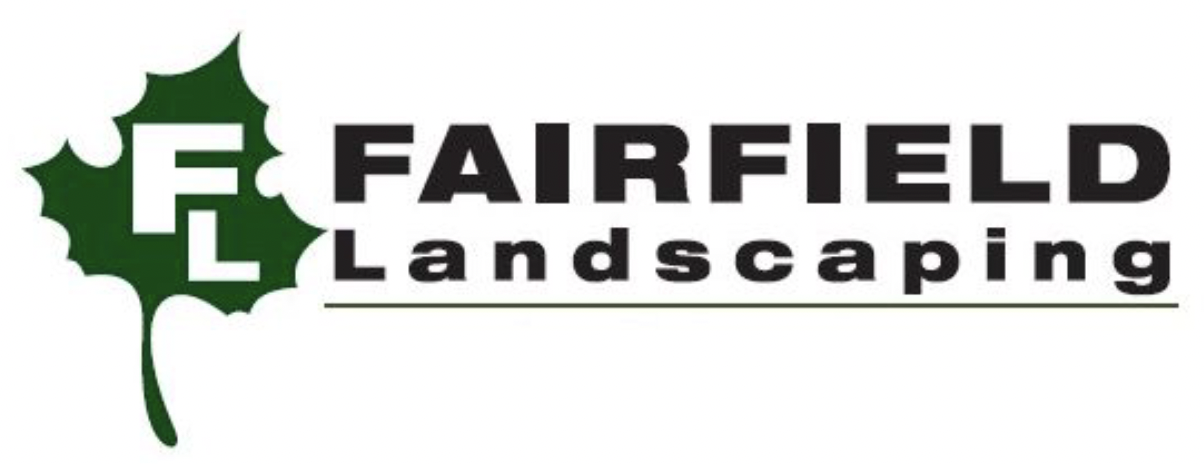10 Easy-to-Care-for Native Plants for Your Pennsylvania Landscape
Virginia Bluebells (Mertensia virginica)
Adding native plants to your Pennsylvania landscape not only enhances its beauty but also promotes biodiversity and requires less maintenance. Whether you're a seasoned gardener or a novice green thumb, incorporating native plants into your outdoor space is a simple and sustainable way to boost curb appeal and support local ecosystems. In this blog, we'll introduce you to 10 easy-to-care-for native plants that thrive in Pennsylvania's climate and soil conditions. Plus, we'll discuss the importance of relying on your local landscaping company for expert advice and assistance.
Benefits of Native Plants
Native plants are well-adapted to Pennsylvania's climate, soil, and environmental conditions, making them resilient and low-maintenance. By choosing native species for your landscape, you can reduce water consumption, minimize the need for fertilizers and pesticides, and attract native pollinators and wildlife. Additionally, native plants provide a sense of place and connection to the natural environment, enhancing the overall beauty and biodiversity of your yard.
Top 10 Easy-to-Care-for Native Plants
Black-Eyed Susan (Rudbeckia hirta): Known for its cheery yellow blooms and drought tolerance, Black-Eyed Susan adds a pop of color to any garden.
Eastern Red Columbine (Aquilegia canadensis): This delicate perennial features unique red and yellow flowers that attract hummingbirds and butterflies.
Virginia Bluebells (Mertensia virginica): With its charming clusters of pink or blue bell-shaped flowers, Virginia Bluebells thrive in shady, moist areas.
Purple Coneflower (Echinacea purpurea): A staple of the Pennsylvania landscape, Purple Coneflower boasts striking purple blooms and attracts bees and butterflies.
Bee Balm (Monarda didyma): Also known as Wild Bergamot, Bee Balm produces vibrant red, pink, or purple flowers that are irresistible to pollinators.
Switchgrass (Panicum virgatum): This native grass adds texture and movement to the landscape while providing food and shelter for birds and wildlife.
Common Milkweed (Asclepias syriaca): A host plant for monarch butterflies, Common Milkweed features fragrant pink or purple flowers and serves as a vital food source for pollinators.
Eastern Redbud (Cercis canadensis): With its graceful branches and clusters of pink or purple flowers, Eastern Redbud adds beauty and interest to the landscape.
Serviceberry (Amelanchier spp.): This small tree or shrub offers ornamental value with its showy white flowers in spring and edible berries in summer.
Wild Geranium (Geranium maculatum): Perfect for shady areas, Wild Geranium produces delicate pink or lavender flowers and attracts butterflies and bees.
Black-Eyed Susan (Rudbeckia hirta)
Relying on Your Local Landscaping Company
When it comes to selecting and caring for native plants, the expertise of your local landscaping company can be invaluable. Fairfield Landscaping, for example, can provide personalized recommendations based on your yard's unique characteristics and design preferences. Our team of professionals can help you choose the right plants for your space, ensure proper installation and maintenance, and answer any questions that arise along the way. By relying on a trusted landscaping company, you can enjoy a beautiful and thriving landscape with confidence and peace of mind.
Integrating easy-to-care-for native plants into your Pennsylvania landscape is a simple yet impactful way to enhance curb appeal, support local ecosystems, and reduce maintenance requirements. With the help of your local landscaping company, you can choose the perfect plants for your yard and enjoy a beautiful and sustainable outdoor space for years to come.
Contact Us to Start Landscape Transformation Today!
Each lawn requires different levels of care and attention. Our certified technicians will provide you with a complete lawn analysis and recommend treatments to build and maintain a strong, healthy lawn all year long!
Get on our books today - https://www.fairfieldlandscaping.com/contact



